Home>Interior Design>What Colors Make A Room Feel Unhappy? 5 Colors Ruining Your Mood
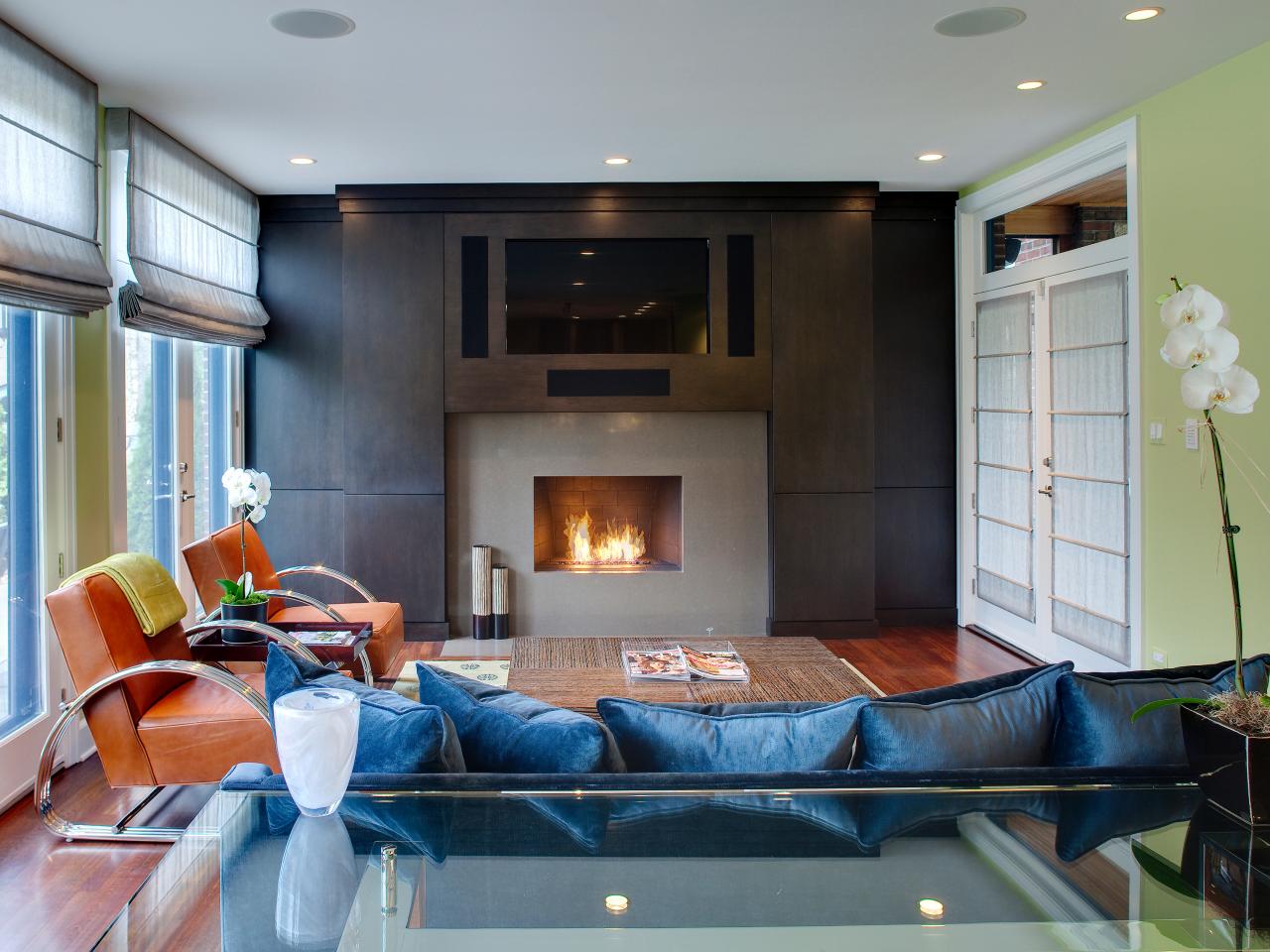

Interior Design
What Colors Make A Room Feel Unhappy? 5 Colors Ruining Your Mood
Modified: January 19, 2024
Discover the 5 interior design colors that can ruin your mood and make a room feel unhappy. Get expert tips to avoid these colors and create a positive atmosphere in your space.
(Many of the links in this article redirect to a specific reviewed product. Your purchase of these products through affiliate links helps to generate commission for Storables.com, at no extra cost. Learn more)
Introduction
When it comes to interior design, color plays a crucial role in creating the right ambiance and setting the mood of a room. The colors we choose can have a profound impact on our emotions, influencing our overall sense of happiness and well-being. While certain colors can evoke feelings of joy and tranquility, others may have the opposite effect, leaving us feeling unhappy and uncomfortable in our own spaces.
In this article, we will explore the concept of color psychology and how different colors can affect our moods. We will specifically focus on five colors that have the potential to make a room feel unhappy. By understanding the impact of these colors, you can make informed choices when it comes to selecting the right hues for your living spaces, ensuring a harmonious and positive atmosphere.
Key Takeaways:
- Beware of vibrant yellow, stark white, intense red, gloomy gray, and harsh black in interior design. Use them judiciously and balance with other colors to create a harmonious and positive atmosphere.
- Incorporate softer tones of vibrant yellow, warm accents for stark white, muted shades for intense red, pops of color for gloomy gray, and strategic use of black to avoid negative mood impacts in interior design.
Color Psychology: Impact on Mood
Color psychology is the study of how colors affect human behavior and emotions. Each color has the power to evoke specific feelings and can influence our moods in various ways. Understanding the psychological impact of colors is essential in creating a space that promotes positivity and well-being.
Here are some common associations between colors and emotions:
- Blue: Often associated with calmness, tranquility, and relaxation. It can promote a sense of peace and serenity.
- Green: Symbolizes nature and represents growth, harmony, and balance. It can bring a refreshing and calming effect to a room.
- Yellow: Associated with energy, happiness, and optimism. Yellow can create a cheerful and uplifting atmosphere.
- Red: Symbolizes passion, intensity, and excitement. It can evoke strong emotions and stimulate energy levels.
- Gray: Often associated with neutrality, balance, and sophistication. It can create a calming and sophisticated ambiance.
While these colors have positive connotations, it’s important to note that using them in excess or in the wrong context can have negative effects on mood and overall well-being. Let’s delve into the colors that can make a room feel unhappy.
Colors that Make a Room Feel Unhappy
While color preferences may vary among individuals, there are certain colors that tend to have a negative impact on mood when used in interior design. Here are five colors that can make a room feel unhappy:
- Vibrant Yellow: While yellow is often associated with happiness and positivity, a vibrant or overly saturated shade of yellow can be overwhelming and create feelings of anxiety or unease. It is important to use yellow in moderation and opt for softer, more muted tones.
- Stark White: White is often associated with purity and cleanliness, but an all-white room can feel cold and sterile. Additionally, harsh, pure white walls can create a glare that can be visually uncomfortable for some. Consider adding warm accents or choosing an off-white shade to soften the space.
- Intense Red: Red is a color that stimulates and energizes, but when used excessively or in its intense form, it can evoke feelings of aggression, restlessness, and even increase blood pressure. Subtle touches of red in accessories or artwork can add warmth without overwhelming the space.
- Gloomy Gray: While gray can be a sophisticated and versatile color, using too much of it in a room can create a dull and somber atmosphere. Gray without any contrasting elements can make a space feel unwelcoming and devoid of life. To counter this, incorporate pops of color or varying shades of gray to add depth and visual interest.
- Harsh Black: Although black can add drama and elegance to a room when used strategically, too much black can be overwhelming and create a sense of heaviness. It can also make a space feel smaller and closed off. Balance black with lighter colors and use it sparingly as an accent color rather than dominating the entire room.
It is important to note that each individual may have different reactions to these colors, and personal preferences can play a significant role in how they affect one’s mood. Experimenting with different hues and finding the right balance is key to creating a space that feels comfortable and happy.
Vibrant Yellow
Yellow is often associated with energy, warmth, and positivity. It is a color that can instantly brighten up a space and create a sense of optimism. However, when it comes to using yellow in interior design, it is crucial to strike a balance and avoid using overly vibrant or intense shades.
A vibrant yellow color can be overwhelming and lead to feelings of anxiety or unease. It can overpower the senses and make a room feel chaotic rather than uplifting. The key to incorporating yellow in a way that promotes a happy atmosphere is to opt for softer, more muted tones.
For instance, a pale or pastel yellow can create a soothing and serene ambiance. When used as an accent color or in specific elements such as throw pillows, artwork, or accessories, it can add a touch of vibrancy without overpowering the entire space.
Another approach is to use yellow in combination with other colors that complement and balance its vibrancy. Pairing it with soft greens or neutrals can create a harmonious and refreshing palette. Additionally, incorporating natural materials such as wood or rattan can help ground the space and create a sense of tranquility.
When using vibrant yellow, it is essential to consider the purpose of the room. While it may work well in areas that require energy and stimulation, such as a home office or a gym, it may not be as suitable for relaxation spaces like bedrooms or living rooms. In these areas, it is advisable to use yellow as an accent color or opt for softer shades to maintain a calm and peaceful atmosphere.
Overall, vibrant yellow can indeed bring a sense of happiness and positivity to a room, but it must be used judiciously and in combination with other colors to create a balanced and inviting space. By considering the overall design and purpose of the room, you can make informed choices that contribute to a happy and harmonious environment.
Stark White
White is often associated with purity, cleanliness, and simplicity. It is a color commonly used in interior design to create a sense of spaciousness and light. However, when used excessively or in its stark form, white can make a room feel cold, sterile, and unwelcoming.
Stark white walls, devoid of any other colors or textures, can create a harsh and clinical look. They can also reflect a lot of light, causing glare and discomfort, especially in rooms with ample natural sunlight. To avoid these issues and make a space feel more inviting, it is important to introduce warm accents and choose off-white shades instead of pure white.
By incorporating warm hues such as cream or ivory, the whiteness of the space is softened, creating a more comfortable and cozy atmosphere. Additionally, introducing texture through furniture, textiles, and accessories can add depth and visual interest to an all-white room.
Furthermore, consider the purpose of the room when using white. While white can create a clean and serene environment, it may not be the ideal choice for high-traffic areas or rooms intended for relaxation. In these cases, incorporating pops of color or using softer neutral tones can help create a more welcoming and comfortable space.
Another approach to using white effectively is to pair it with contrasting colors. By combining white with bold or dark hues, you create a visual balance that prevents the room from feeling sterile. Black, navy blue, or rich earthy tones can be used as accents to add depth and create a sophisticated look.
It’s important to find the right balance when using white in interior design. By avoiding a stark, all-white look and introducing warm accents, textures, and contrasting colors, you can transform a space from cold and unwelcoming to inviting and harmonious.
Avoid using dark and dull colors like black, gray, and brown, as they can make a room feel gloomy. Also, steer clear of overly bright and intense colors like neon yellow and hot pink, as they can be overwhelming and create a sense of unease. Instead, opt for calming and soothing colors like soft blues, greens, and pastels to create a more pleasant and peaceful atmosphere.
Intense Red
Red is a color that is often associated with passion, intensity, and energy. It has the power to attract attention and stimulate the senses. However, when used in its intense form or excessively, red can have a negative impact on the mood of a room, evoking feelings of restlessness, aggression, and even increasing blood pressure.
Intense red walls or large red surfaces can be overwhelming and overpowering. They can create a sense of chaos and make a room feel confined and suffocating. To incorporate the energizing qualities of red without overwhelming the space, it is best to use it in moderation and as an accent color.
One way to incorporate red into a room is through accessories such as throw pillows, rugs, or artwork. These smaller elements can provide pops of color and add warmth to the space without dominating the entire room. Additionally, using red in artwork or decorative pieces can create focal points and add visual interest.
Another approach is to use muted or softer shades of red, such as burgundy or terracotta. These variations of red can create a more soothing and grounded ambiance, adding a touch of warmth and depth to the room. By combining these muted shades with neutral tones or complementary colors, you can create a balanced and harmonious color palette.
It is also important to consider the purpose of the room when using intense red. While it may work well in areas that require energy and stimulation, such as a home office or a workout space, it may not be as suitable for restful areas like bedrooms or living rooms. In these spaces, it is better to use red sparingly or opt for softer shades to maintain a calm and peaceful atmosphere.
Incorporating intense red in a thoughtful and intentional manner can add warmth, energy, and excitement to a space. By using it as an accent color or opting for muted shades, you can harness the positive qualities of red while maintaining a balanced and harmonious environment.
Gloomy Gray
Gray is often associated with neutrality, balance, and sophistication. It is a versatile color that can work well in various design styles. However, using too much gray in a room can create a dull and somber atmosphere, making the space feel gloomy and unwelcoming.
When gray is used without any contrasting elements, it can give a sense of monotony and blandness. To avoid this, it’s important to incorporate pops of color or varying shades of gray to add depth and visual interest to the space.
One approach to prevent a room from feeling gloomy is to use lighter shades of gray. Light gray walls can create an airy and spacious feel, especially when paired with white trim or accents. This combination can create a clean and contemporary aesthetic.
Another way to add warmth and prevent a room from feeling too dull is to incorporate warm accents or undertones. Adding touches of warmer colors like beige, taupe, or soft blues can help to counterbalance the coolness of gray and create a more inviting ambiance.
Texture is also key when working with gray. Introducing different textures through furniture, textiles, and accessories can add depth and visual interest to the space. Metallic accents or glossy finishes can bring a touch of glamour and sophistication to a gray-dominated room.
It’s also worth considering the lighting in the room. Natural lighting can enhance the warmth and richness of gray, while sufficient artificial lighting can prevent the space from feeling dull and uninviting.
When using gray, it’s important to strike a balance and avoid overusing it. Incorporate contrasting elements, textures, and warm accents to prevent the room from feeling gloomy. By doing so, you can create a sophisticated and inviting space that exudes comfort and style.
Harsh Black
Black is a powerful and dramatic color often associated with elegance, sophistication, and strength. While it can add a sense of drama and contrast to a room, using black in excess or in a harsh manner can have negative effects on the overall mood and atmosphere.
When black dominates a space, it can create a sense of heaviness and make the room feel smaller and enclosed. It can also absorb light and create a gloomy ambiance. To avoid these effects, it is important to use black strategically and in moderation.
One way to incorporate black into a room is by using it as an accent color. Black accents, such as furniture pieces, lampshades, or decorative accessories, can create a striking contrast against lighter colors and bring depth to the overall design. This adds a touch of elegance without overwhelming the space.
Another approach is to use black in combination with lighter colors to create a balanced and harmonious look. Pairing black with white or other neutrals can create a sophisticated and timeless color scheme. Additionally, incorporating different textures and finishes can add visual interest and prevent black from feeling too overpowering.
It’s important to note that black works well in certain design styles, such as modern or minimalist aesthetics. However, in spaces intended for relaxation or a cozy atmosphere, too much black can create a cold and unwelcoming environment. In these cases, consider using softer neutrals or introducing warm accents to create a more inviting and comfortable space.
When using black, also pay attention to the lighting in the room. Incorporating sufficient and well-placed lighting can help to illuminate the space and prevent it from feeling too dark or oppressive.
By using black strategically, as an accent color or in combination with lighter shades, you can create a sense of elegance and drama without sacrificing the overall mood and atmosphere of the room. Balance is key when working with black, and with careful consideration, it can contribute to a sophisticated and visually appealing space.
Conclusion
Color is a powerful tool in interior design that can significantly impact the mood and atmosphere of a room. While certain colors can create a sense of happiness and well-being, others have the potential to make a room feel unhappy. Vibrant yellow, stark white, intense red, gloomy gray, and harsh black are five colors that should be used with caution in order to maintain a positive and harmonious environment.
Understanding color psychology and the emotional associations of different colors is crucial in creating a space that promotes happiness and comfort. It is important to strike a balance between using colors that evoke positive emotions and considering the specific needs and purposes of the room.
When using vibrant yellow, opting for softer tones and moderation is key to avoid overwhelming the space. Incorporating warm accents and natural elements can create a balanced and cheerful ambiance. Stark white can be made more welcoming by introducing warm accents, textures, and off-white shades to soften its sterile effect.
Intense red should be used sparingly or in muted shades to prevent it from creating restlessness or aggression. Gray can feel gloomy when used excessively, but by incorporating pops of color, various shades of gray, and textures, it can be transformed into a sophisticated and inviting space.
Lastly, black, when used strategically and in moderation, can add a touch of elegance and drama to a room. By using it as an accent color or pairing it with lighter shades, it can create a balanced and visually appealing design.
Ultimately, the key to using these colors successfully lies in being mindful of their impact on mood and incorporating them in a way that harmonizes with the overall theme and purpose of the room. By considering color psychology and finding the right balance, you can create spaces that bring joy, positivity, and comfort to those who inhabit them.
Frequently Asked Questions about What Colors Make A Room Feel Unhappy? 5 Colors Ruining Your Mood
Was this page helpful?
At Storables.com, we guarantee accurate and reliable information. Our content, validated by Expert Board Contributors, is crafted following stringent Editorial Policies. We're committed to providing you with well-researched, expert-backed insights for all your informational needs.
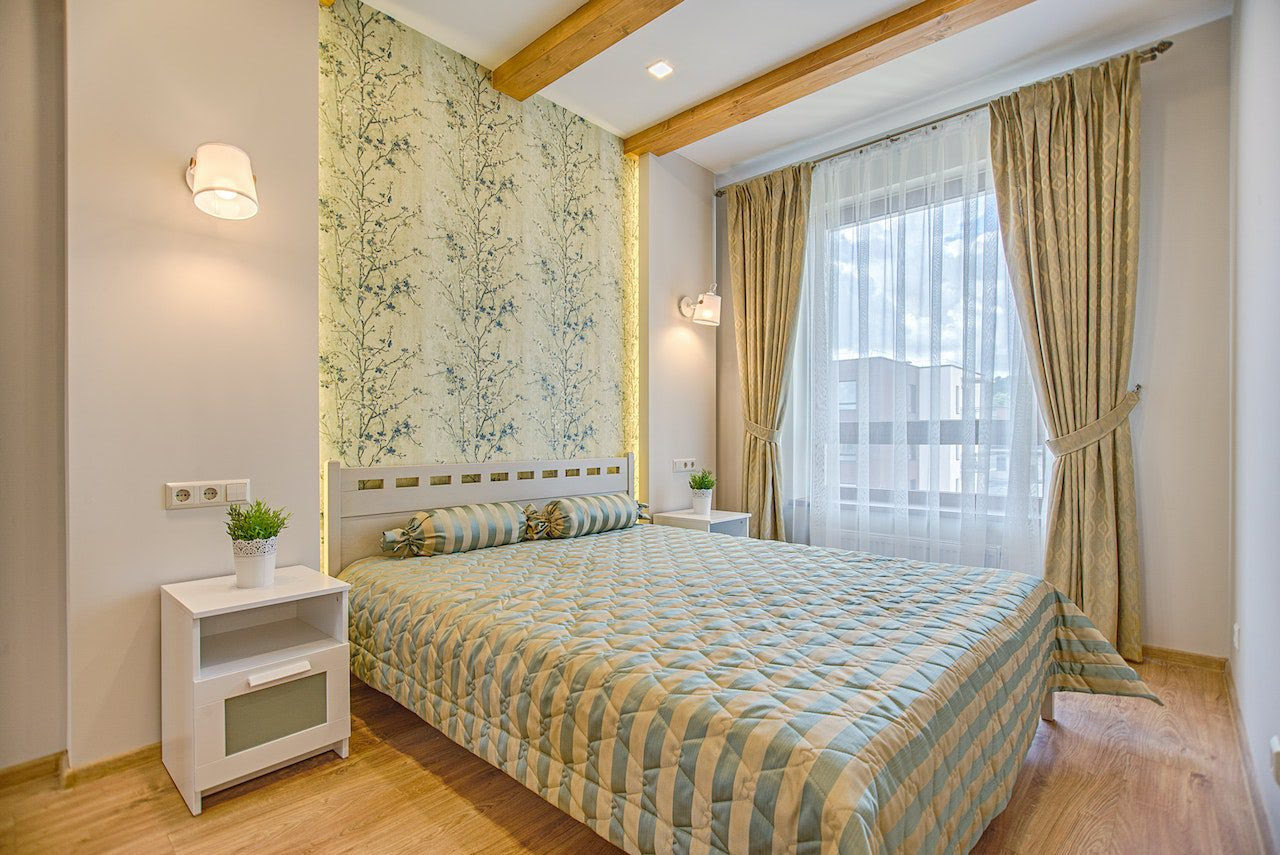
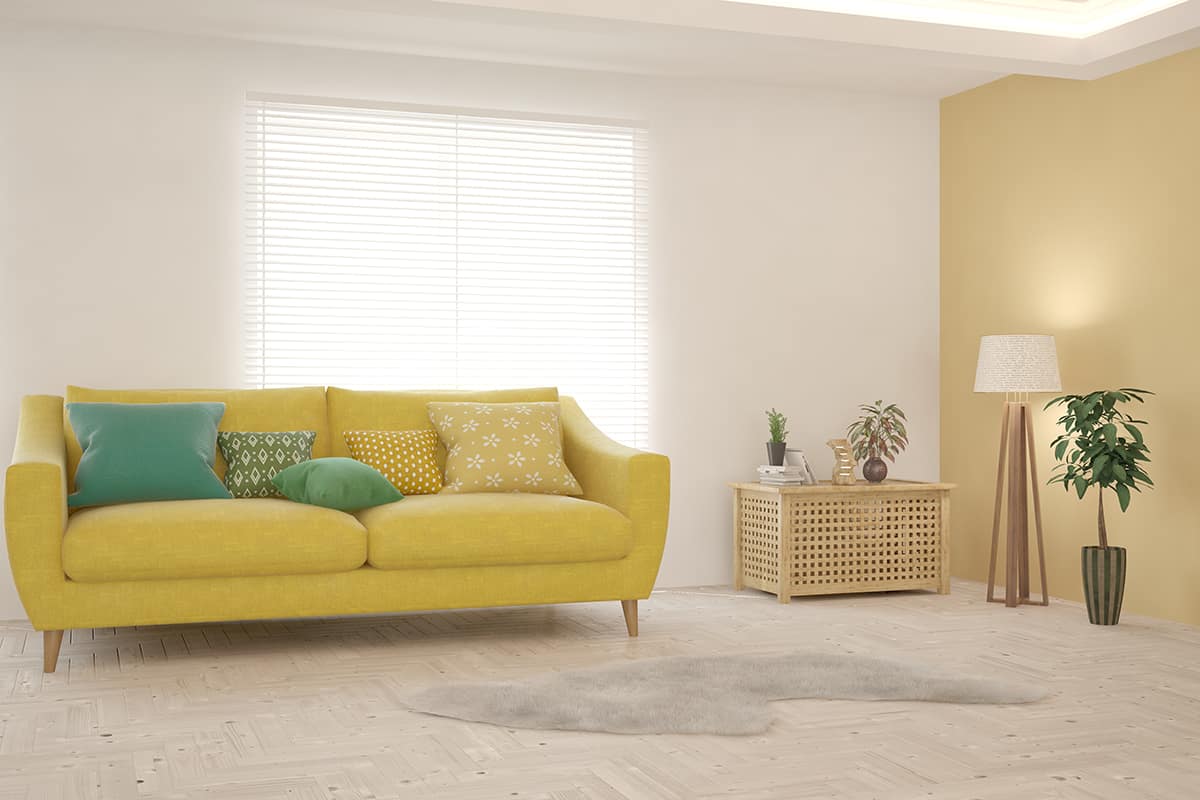
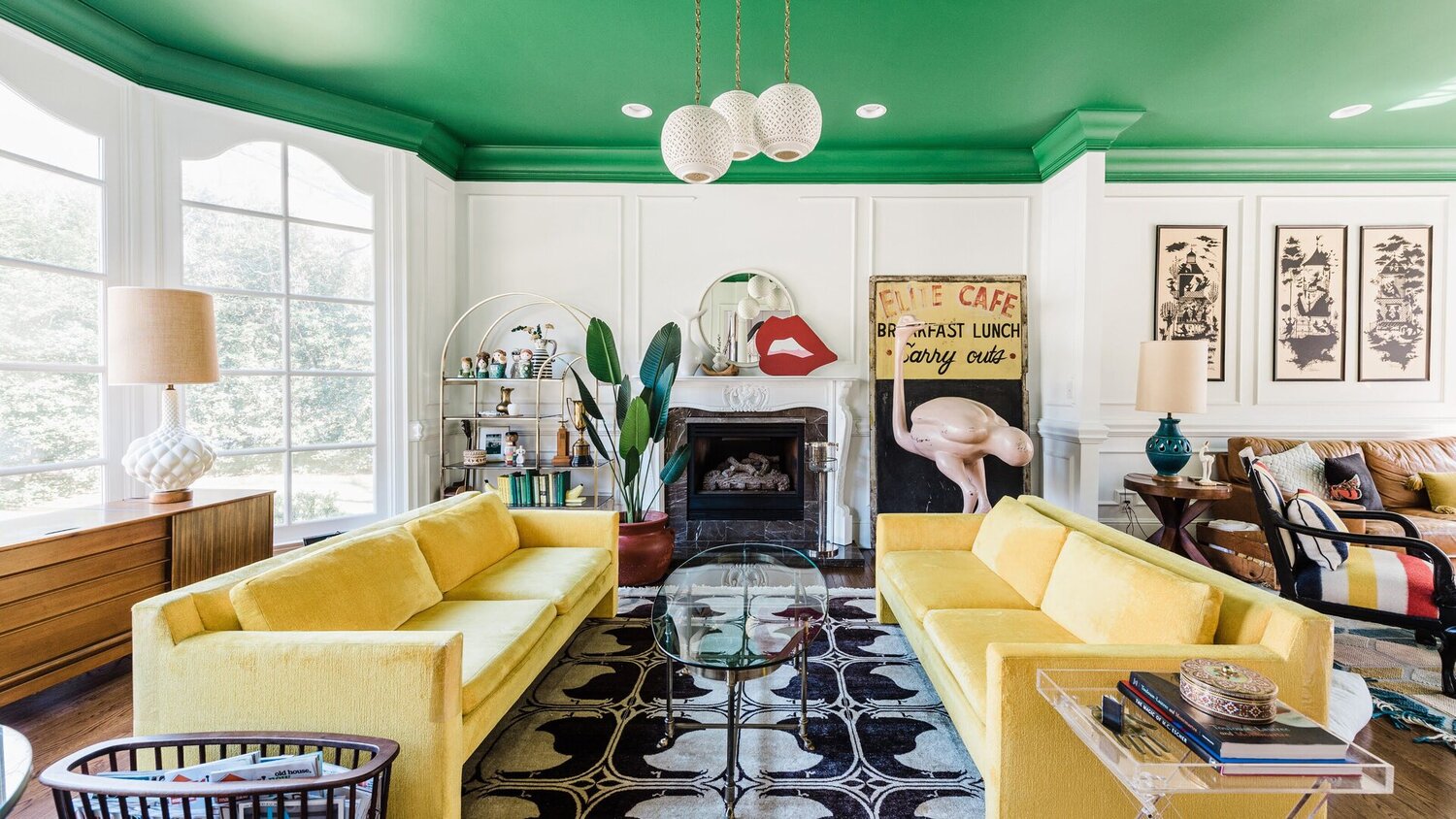

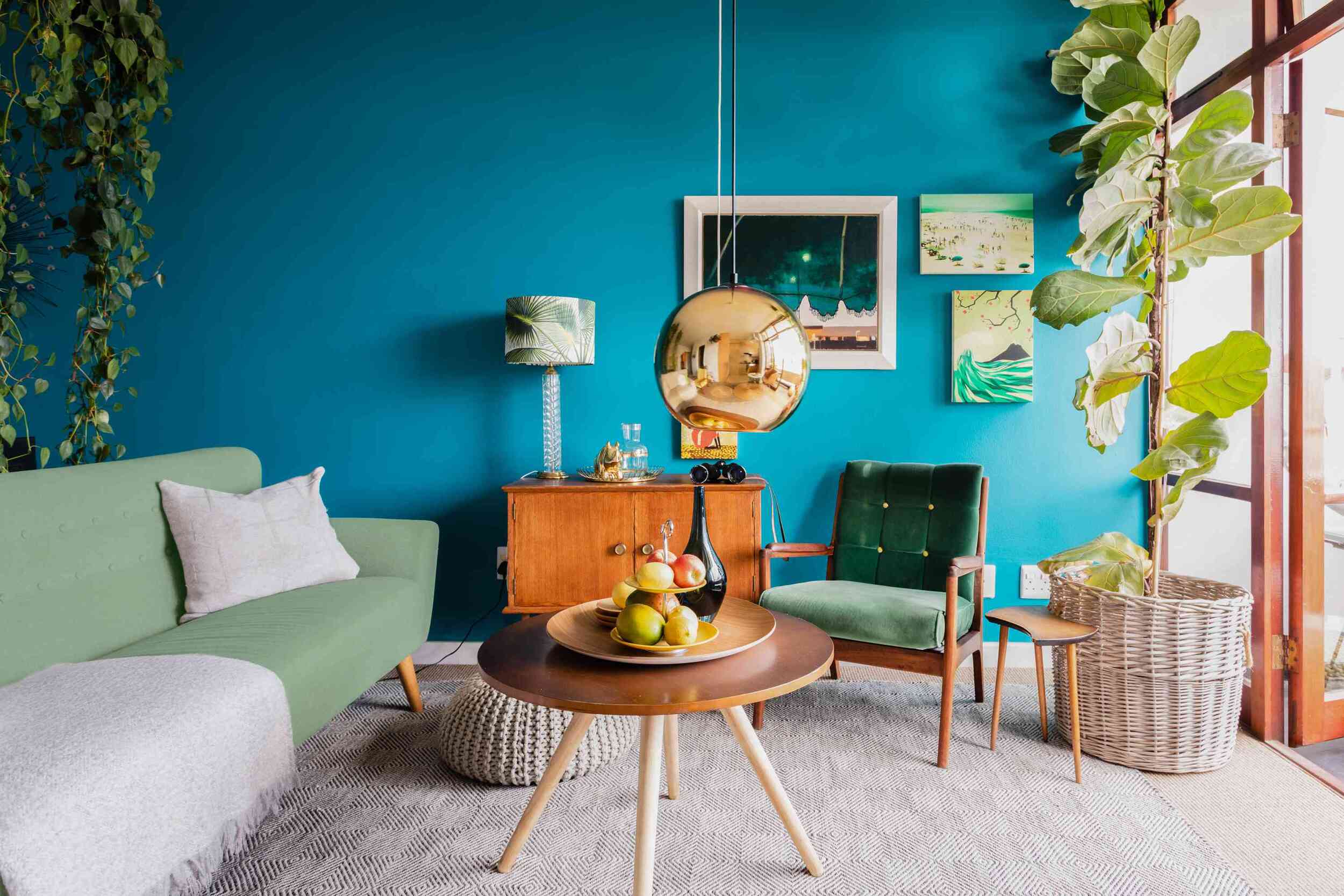
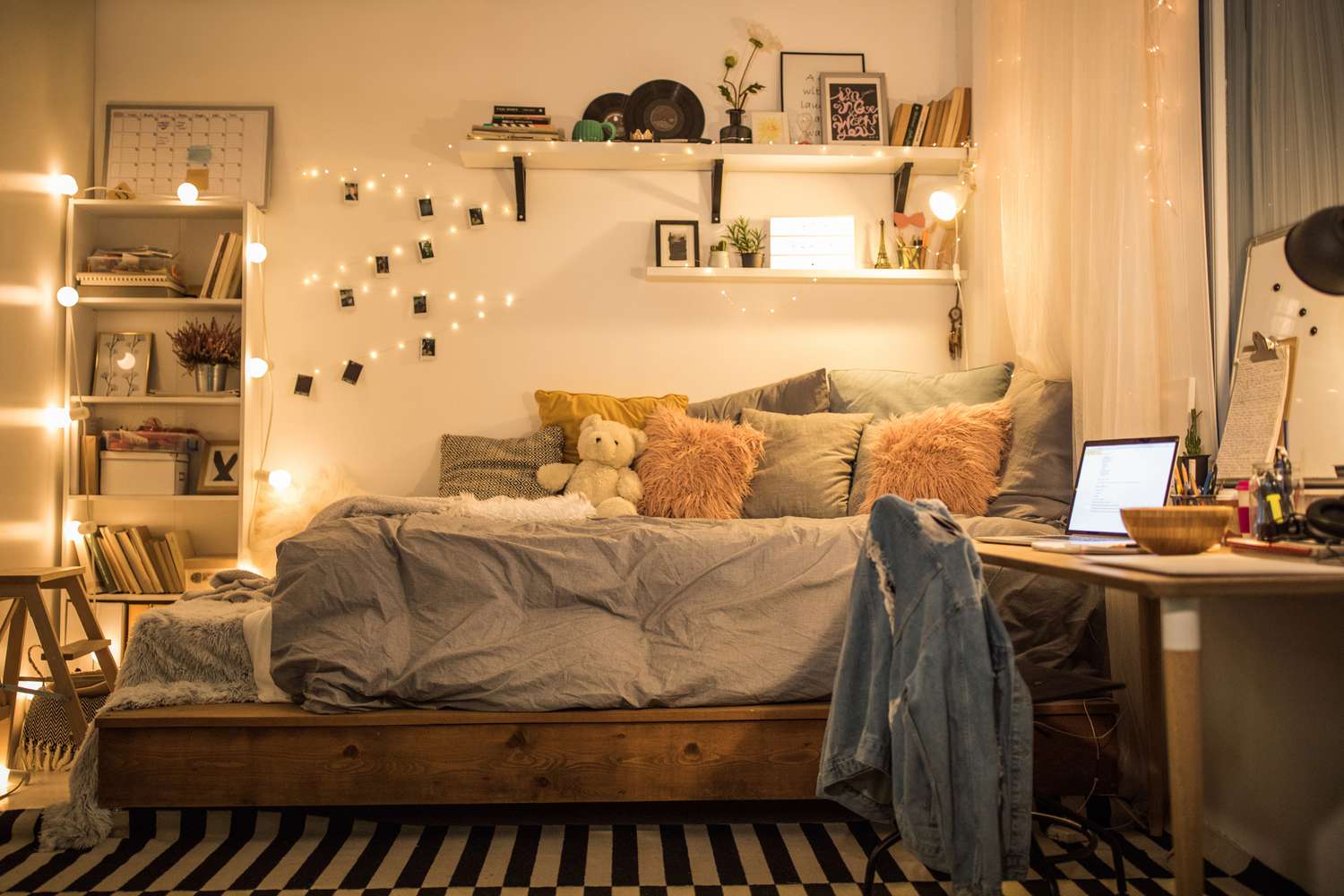
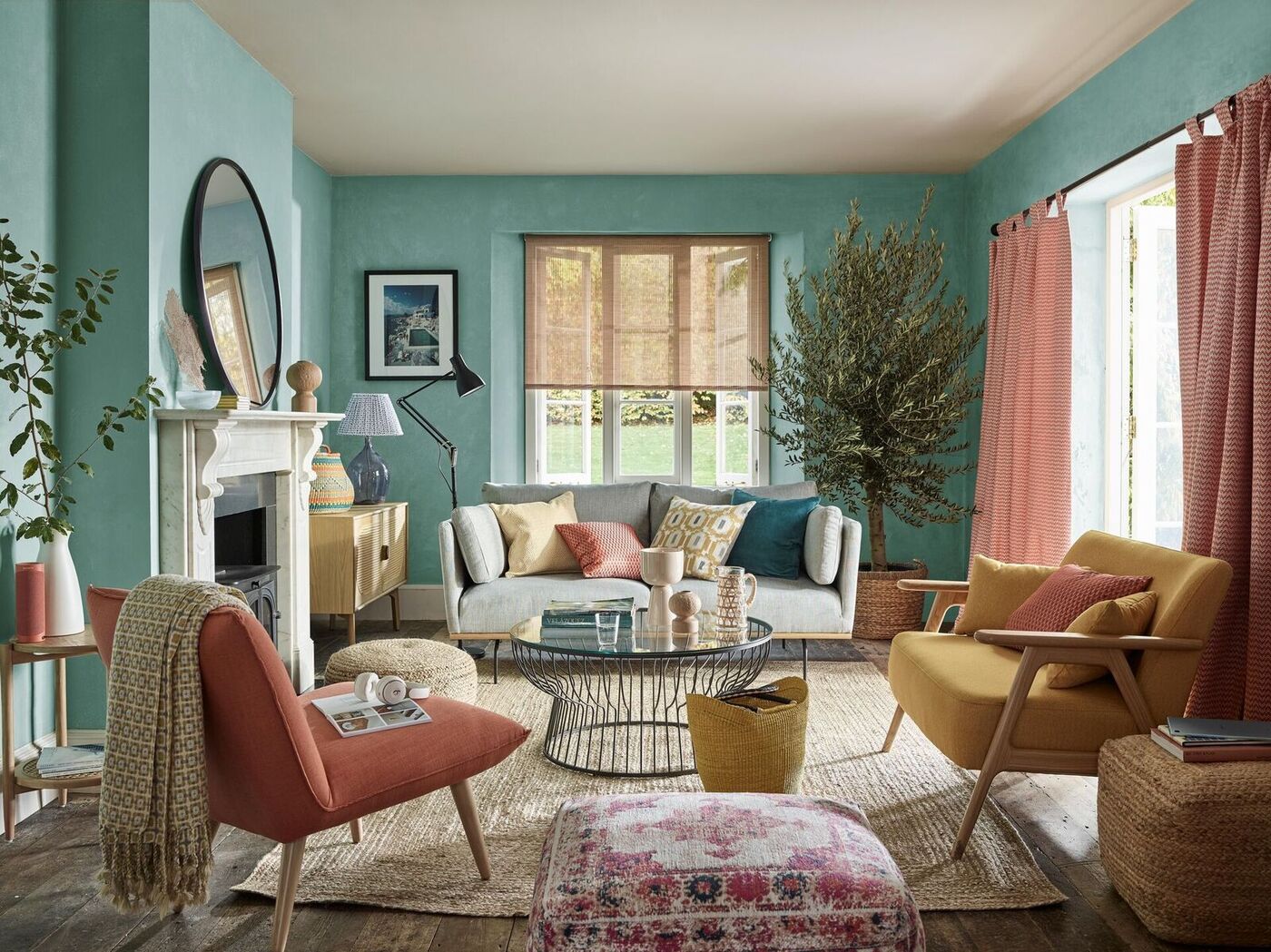
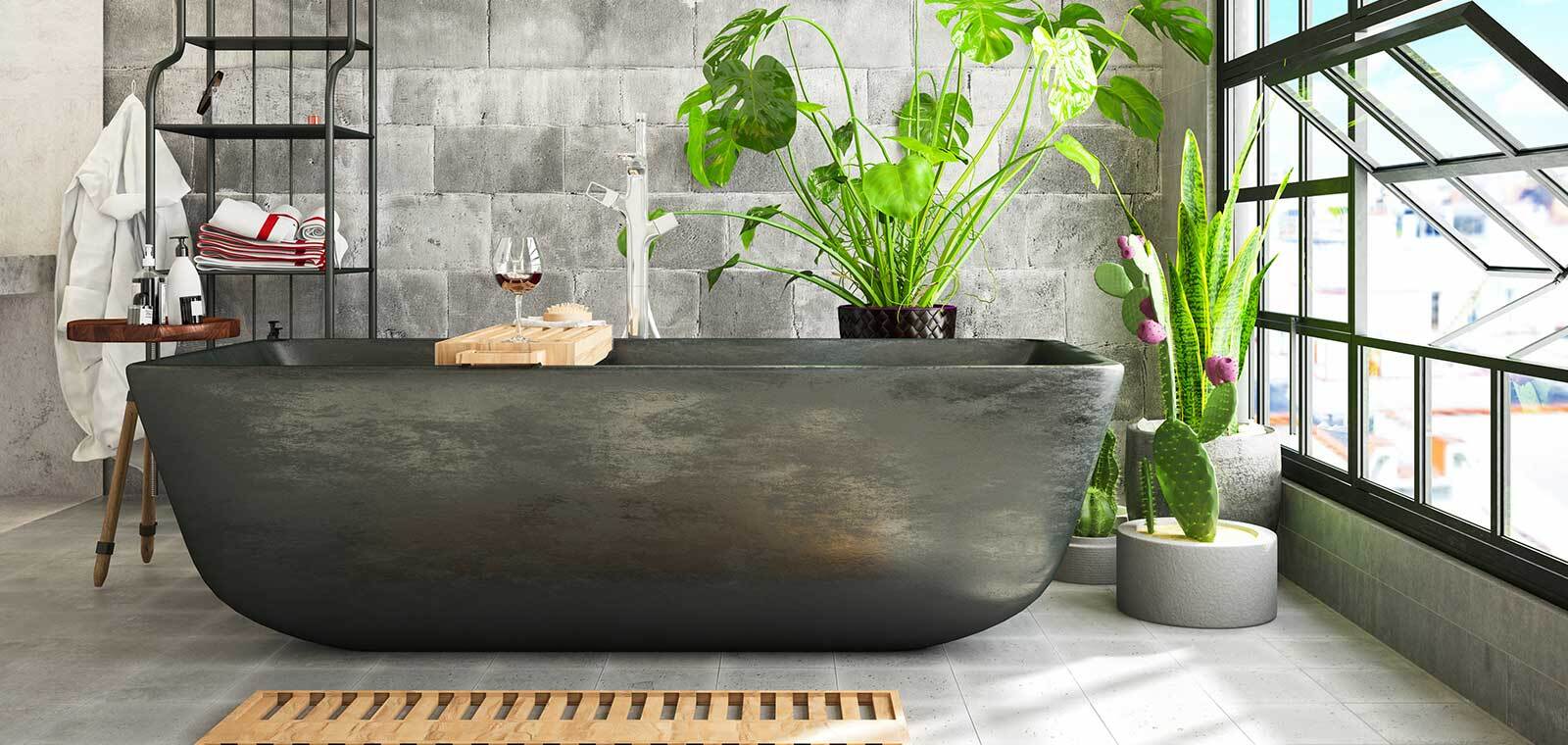
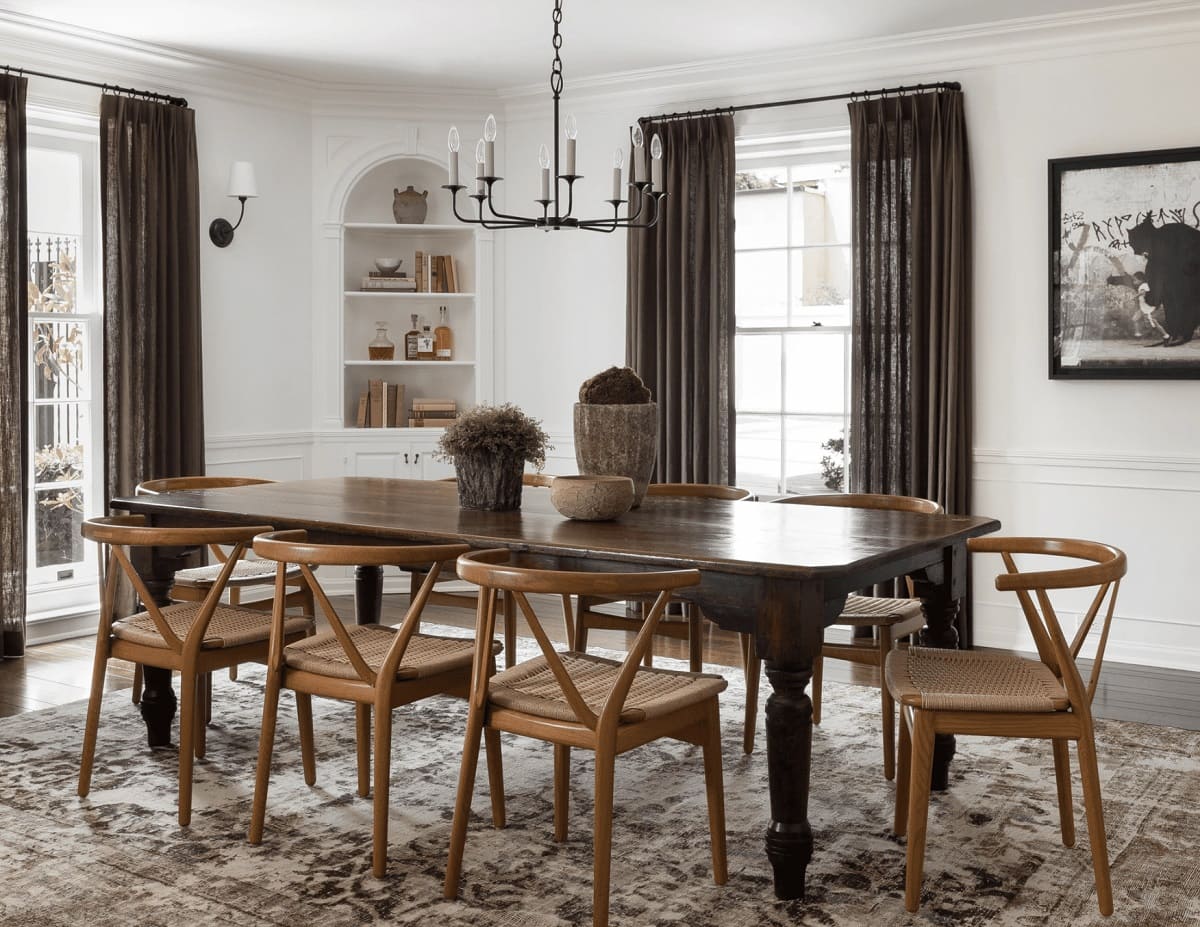
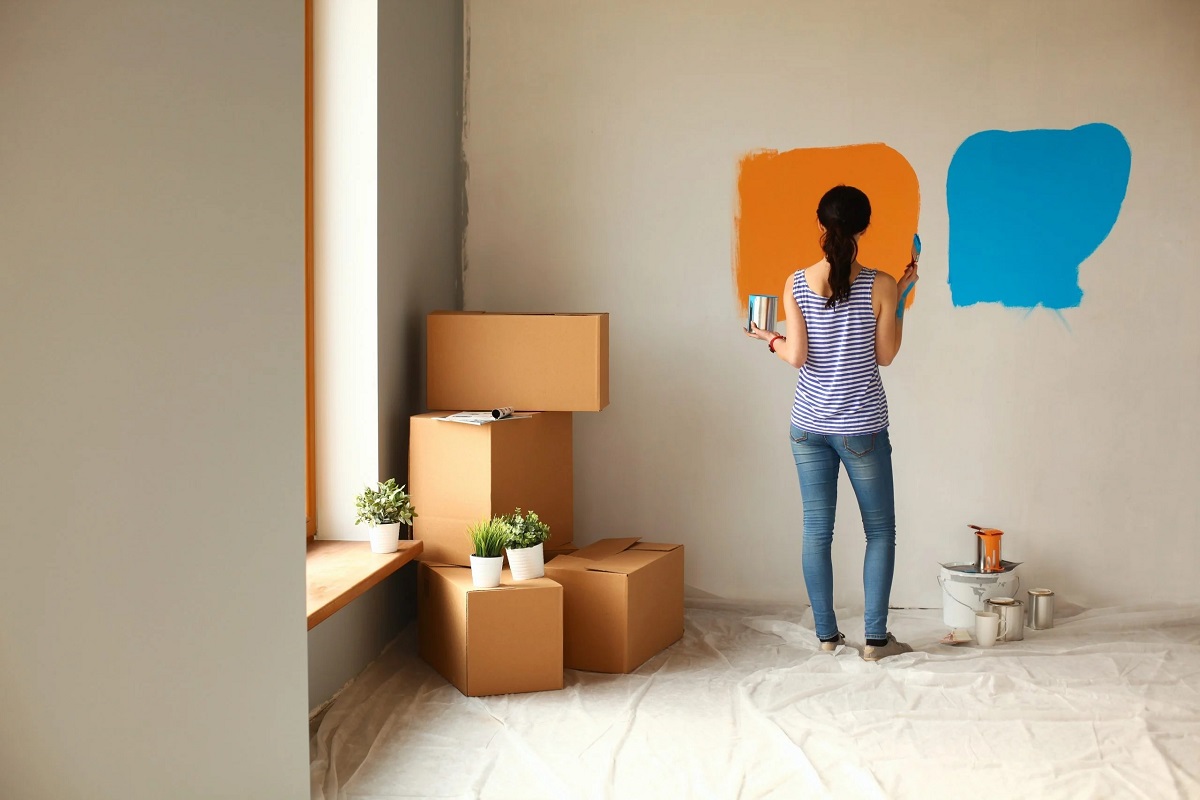

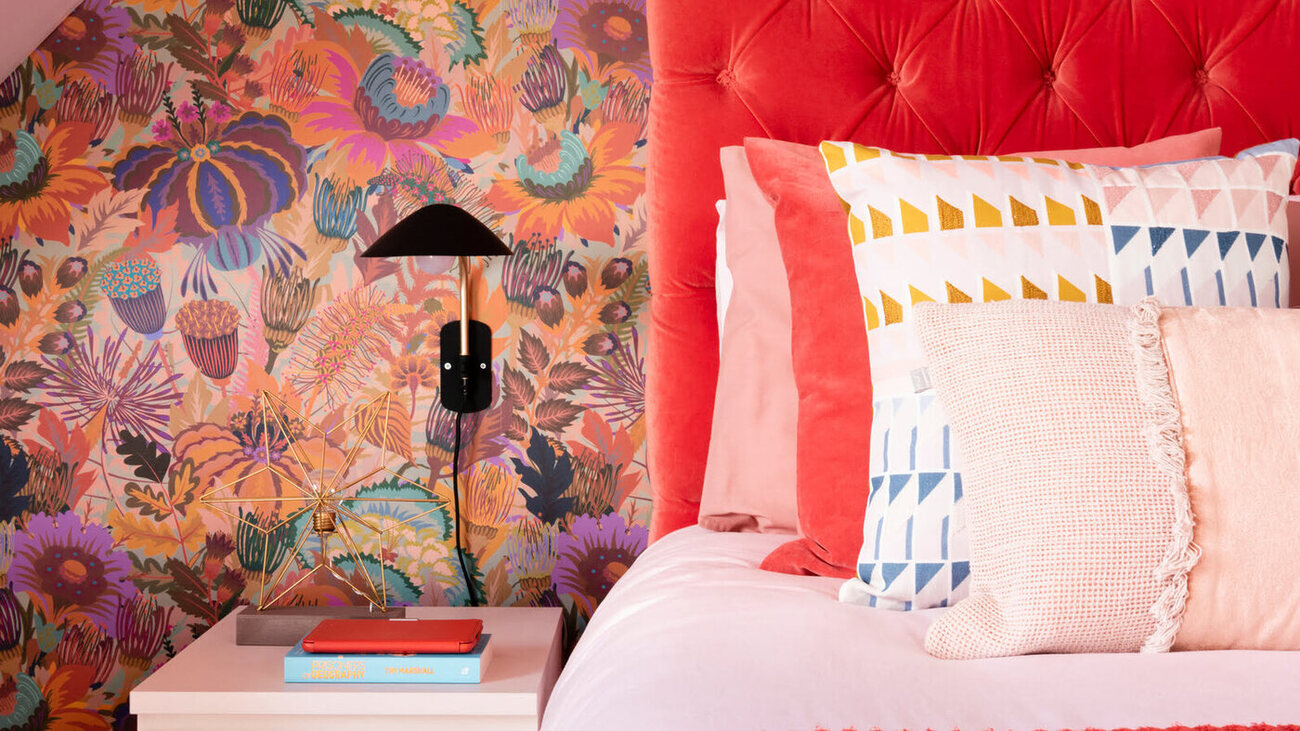
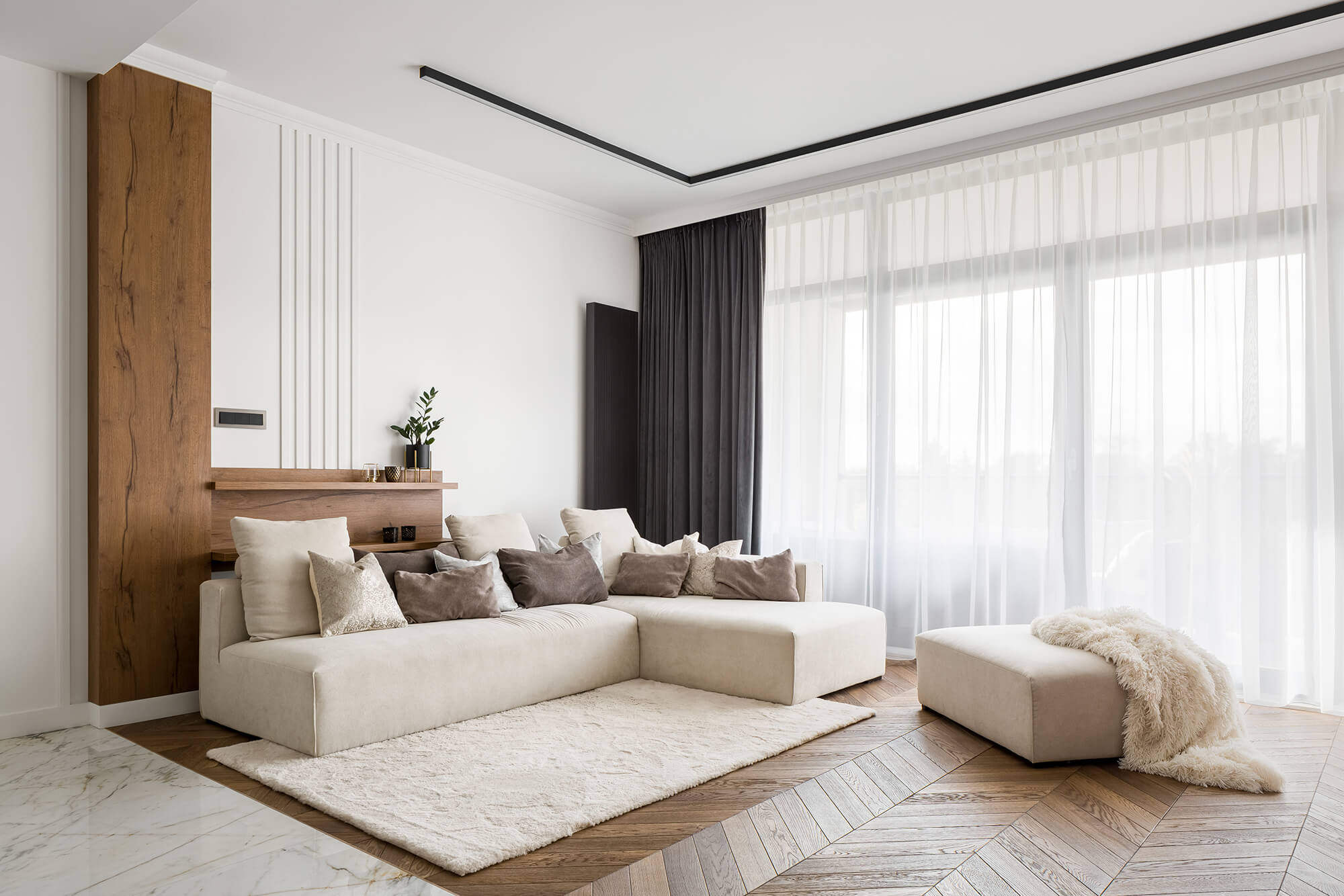
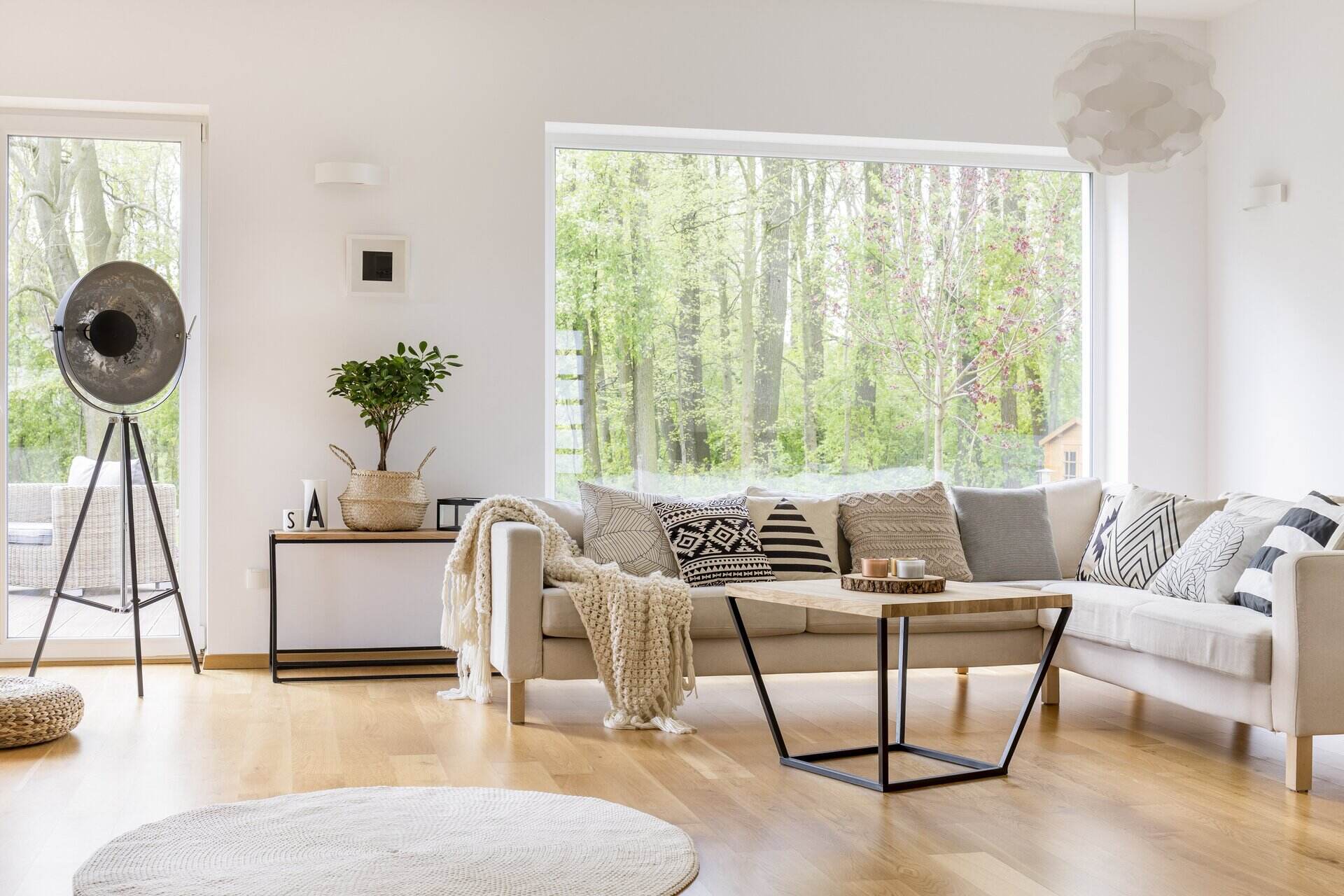

0 thoughts on “What Colors Make A Room Feel Unhappy? 5 Colors Ruining Your Mood”